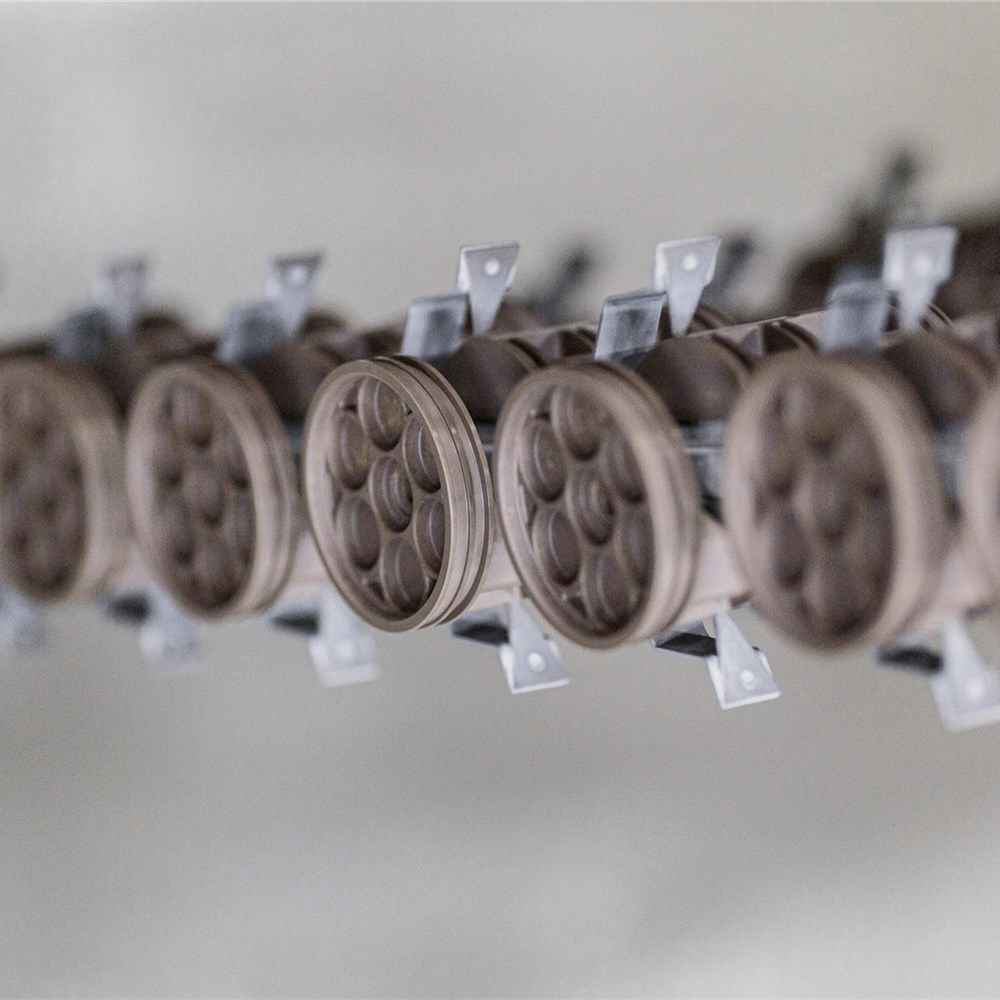
Anodising is key to turning surface metal into a decorative, hard-wearing finish. We at Gaser Group know that anodised manufacturers of metal components are tougher and can resist corrosion, an electrochemical method to improve a metal’s surface properties.
So, what is anodising? Let’s explore the entire process and what it can offer you.
What is anodising? Definition and overview of the process
Anodising is an electrochemical treatment that thickens the natural oxide layer on metal surfaces. This oxide layer is not added like paint; instead, it integrates into the metal, making it more resilient.
The process is mainly used on aluminium, but magnesium, titanium, and other metals can also undergo anodising. Aluminium oxide, formed during anodising, creates a protective barrier that won’t peel or chip.
What materials can be anodised?
Anodising works on various metals, each with distinct advantages and offering versatile options for different industries and applications.
Why is aluminium the most common material for anodising?
Aluminium is the most anodised material, thanks to its natural affinity for the anodising process. Its high strength-to-weight ratio makes it perfect for aerospace, automotive, and construction applications.
Anodising aluminium improves its corrosion resistance, and unlike other coating methods, the anodic layer becomes part of the metal itself.
Can other metals be anodised?
Yes, metals like magnesium, titanium, niobium, and tantalum can also be anodised. Each of these metals has unique advantages when anodised. For example, anodised titanium is popular for implants and jewellery due to its biocompatibility and ability to achieve various colours without dyes.
Magnesium benefits from increased corrosion resistance, while niobium and tantalum are used mainly for decorative items due to their vibrant colour options.
How does the anodising process work?
The anodising process is straightforward yet highly controlled. The metal part is connected as an anode and submerged in an electrolyte bath, typically a sulphuric acid solution. A current is then passed through the metal, causing oxygen ions from the solution to bond with the metal's surface, forming a layer of oxide. This highly porous layer makes it suitable for secondary treatments like colouring or sealing.
What are the parameters and properties of anodising?
Anodising parameters include time, voltage, electrolyte concentration, current density, and temperature. These factors determine the properties of the anodised layer, including its hardness, thickness, and corrosion resistance.
For instance, Type III anodising, also known as hard coat anodising, produces a thicker and more wear-resistant layer compared to Type I and II processes.
Types of anodising processes and their uses
Three primary types of anodising processes exist: Type I, II, and III.
- Type I uses chromic acid, producing a thin, corrosion-resistant layer, ideal for parts requiring minimal surface change.
- The most common type is Type II, which uses sulphuric acid. It provides a thicker layer for enhanced protection and colour retention.
- Type III, also known as hard coat, produces a heavy-duty coating, perfect for components subject to significant wear, such as machinery and automotive components.
What are the benefits of anodising?
Anodising has multiple benefits. It enhances corrosion resistance, making metal surfaces suitable for challenging environments. The process also improves surface hardness, ensuring durability and wear resistance. Anodising preserves the metallic appearance of aluminium while offering a variety of finishes, from matte to glossy.
It’s also cost-effective; anodised coatings do not peel or chip, reducing maintenance needs. Furthermore, the anodising process is environmentally friendly, producing few harmful by-products compared to other surface treatments.
Applications of anodising: what is anodising used for?
Anodising is utilised across numerous industries. In aerospace, anodised components withstand the rigours of flight and exposure to the elements. The automotive industry uses anodising for parts that need aesthetic appeal and functional durability, such as trim and door handles.
Anodised aluminium is also prevalent in construction, where its durability and aesthetic versatility are ideal for architectural details. Consumer electronics and home appliances frequently incorporate anodised parts for their sleek finish and resistance to wear.
Ready to enhance your metal components with the strength and beauty of anodising? At Gaser Group, we specialise in advanced anodising and metal finishing processes, delivering quality and durability for diverse industries. Contact us today to learn how our solutions can transform your products.